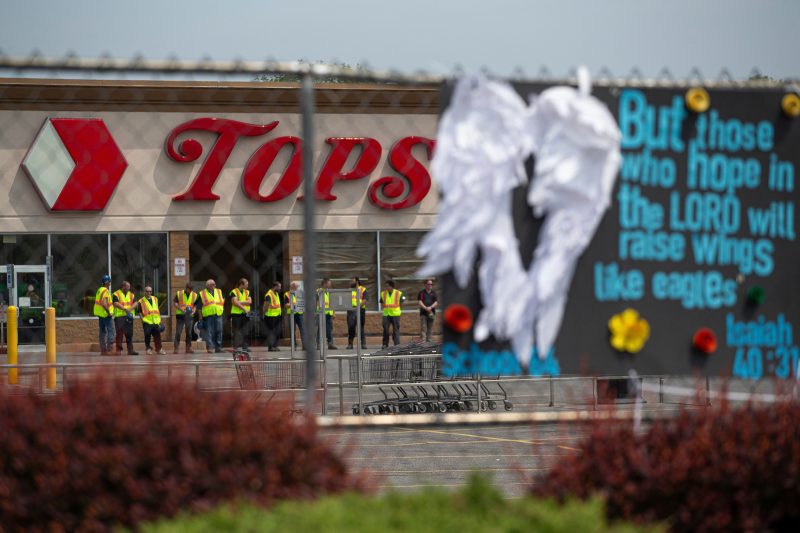
Underrecognized: Extremist murders are usually from right-wing actors
Even before the attack at the U.S. Capitol on Jan. 6, 2021, even further back than the Trump administration, federal authorities have been fretting about the threat of violence committed by domestic extremists. The idea that people motivated by extreme political ideologies (or conspiracy theories like QAnon) might commit acts of violence has been a central driver of homeland-security considerations. After Jan. 6 and with the inauguration of President Biden, that increased.
Research has shown, though, that it’s right-wing ideologies that are far more likely to be behind deadly acts of violence. And other research has shown that most Americans think of extremist violence in inaccurately bipartisan terms.
In May, YouGov conducted a poll for Yahoo News measuring where Americans put the blame for extremist murders. YouGov asked people to say how many such killings were committed by left-wing or right-wing extremists, finding that only a fraction of Americans viewed one side as more likely to engage in such violence.
Most 2020 Trump voters said that more than half of murders linked to extremism were committed by left-wing actors; most Democrats and Biden voters said the same of right-wing extremists. In total, only 18 percent of respondents said that almost all extremist murders were a function of right-wing actors. Another 21 percent said that more than half were.
Data released by the ADL last week shows the reality. Over the past decade (the period included in YouGov’s poll), 96 percent of incidents in which extremists killed someone were committed by people motivated by right-wing ideologies. More than three-quarters of the resulting deaths — 335 of 444 — were linked to right-wing actors.
We’re not talking about a lot of incidents, happily. In fact, the number of incidents has declined in recent years. From 2017 to 2019, the country averaged 24 incidents a year, which fell to 18 on average from 2020 to 2022. The average number of deaths in those periods fell from 51 to 27 annually.
But the motivations for the incidents remain lopsided. In the past five years, there have been three deaths linked to left-wing extremists. There have been 176 linked to right-wing ones.
The only reason that right-wing extremists aren’t responsible for a greater percentage of deaths in the past decade is because of extremists acting in response to a radical Islamist ideology. If we consider only left- and right-wing extremists in the past decade, 95 percent of deaths tracked by the ADL are a function of right-wing extremists.
Ten of the deaths that occurred in 2022 occurred at the mass shooting at a grocery store in a Black neighborhood of Buffalo. This comports with the recent pattern, according to the ADL: “Attacks by right-wing extremists were driven primarily by white supremacist attacks against racial and religious minorities.”
This data is useful because it offers a direct point of comparison with the views measured in YouGov’s poll. More than half of murders linked to extremism in the past decade were a function of right-wing actors — as about 4 in 10 Americans recognize. Only 4 percent were linked to left-wing actors, despite 47 percent of Republicans being confident that left-wing extremists committed more than half of those acts.
It’s easy to identify some possible reasons. President Donald Trump and his allies in the conservative media cast the unrest that occurred in the summer of 2020 in apocalyptic terms and, particularly after the Capitol riot, drew a false equivalence between extremists on both sides. Trump also isolated “antifa” — a nebulously organized group of anti-fascist activists — as a central violent threat to the country, despite federal officials understanding that the real danger lay elsewhere.
In other words, it’s safe to assume that a combination of ideological loyalty and partisan spin worked. There’s a reality about who commits these acts. And there’s a concerted, successful effort to muddy that reality.
